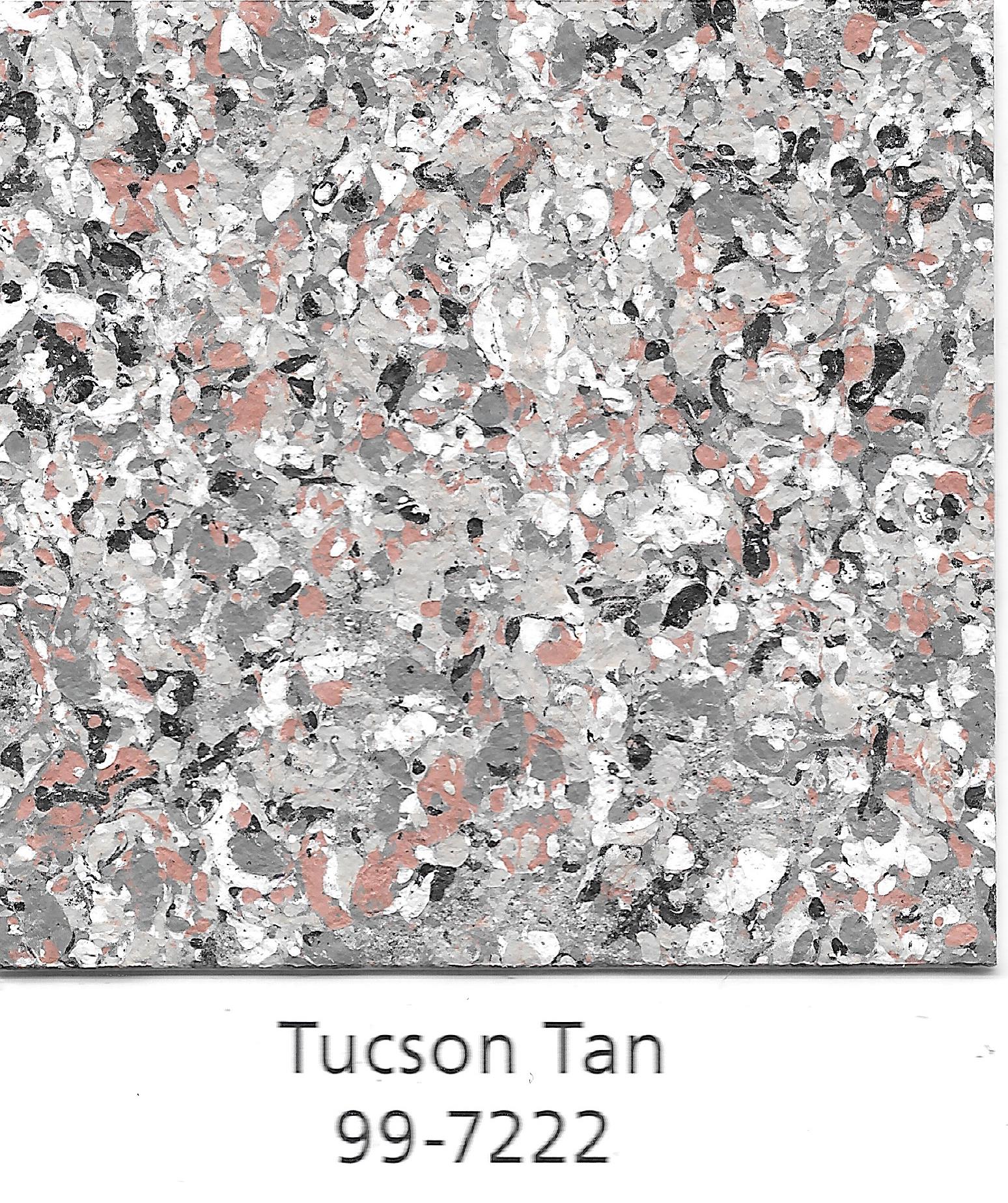

MultiSpec is being developed at Purdue University, West Lafayette, IN, by David Landgrebe and Larry. Various ridge-hollow and ridge-hollow-pool bog complexes prevail here occupying 34.5 Mha. A Freeware Multispectral Image Data Analysis System. Total peatland area was estimated at 73.0 Mha. Overall accuracy assessment was based on 439 randomly assigned test sites showing final map accuracy was 80%. After the classification procedure, discriminated spectral classes were generalized into 12 peatland types.

As an additional source of information, we applied our field knowledge resulting from more than 10 years of fieldwork in West Siberia summarized in an extensive dataset of botanical relevés, field photos, pH and electrical conductivity data from 40 test sites.
MULTISPEC PURDUE PDF
Training sample selection was mostly based on spectral signatures due to limited ancillary and high-resolution image data. MultiSpec Description PDF Statistical Classification Cluster Analysis MultiSpecDescription.doc - Free download as Word Doc (.doc), PDF File (. MultiSpec© with its documentation© is distributed without charge. Peatland image masks were made in Quantum GIS, filtered in MATLAB and then classified in Multispec (Purdue Research Foundation) using maximum likelihood algorithm of supervised classification method. To avoid misclassification peatlands were distinguished from other landscapes using threshold method: for each scene, Green-Red Vegetation Indices was used for peatland masking and 5th channel was used for masking water bodies. The overall workflow involves data pre-processing, training data collection, image classification on a scene-by-scene basis, regrouping of the derived classes into final peatland types and accuracy assessment. As a first step, peatland classification scheme oriented on environmental parameter upscaling was developed.

Here we report the effort in mapping West Siberian peatlands using 30 m resolution Landsat imagery. The exercises and activities that follow can be conducted without fully understanding the NDVI formula, the spectral data that are used in its development, and why NDVI highlights vegetation density differences. A number of peatland maps of the West Siberia was developed in 1970s, but their accuracy is limited. Classification created in Multispec (Purdue University/NASA) by Paul Mausel. West Siberian taiga mires are important globally, accounting for about 12.5% of the global wetland area. West Siberia Plain is the biggest peatland area in Eurasia and is situated in the high latitudes experiencing enhanced rate of climate change. Increasing interest in peatlands for prediction of environmental changes requires an understanding of its geographical distribution.


 0 kommentar(er)
0 kommentar(er)
